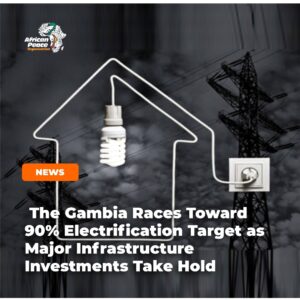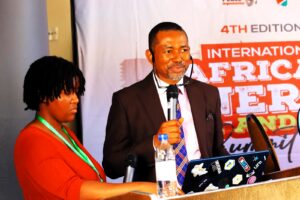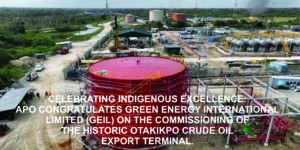The Gambia Races Toward 90% Electrification Target as Major Infrastructure Investments Take Hold
The Gambia is accelerating toward an ambitious 90% electricity access target by end-2025, with major international financing and infrastructure projects now coming online to transform the country’s energy landscape and unlock industrial growth potential.
The World Bank recently approved $52.6 million in financing to dramatically improve electricity and transport infrastructure, marking a pivotal step in the country’s energy diversification and urban modernization drive. The project will directly benefit over 100,000 people through expanded electricity connections and upgraded road networks.
At the heart of the transformation is the Gambia Infrastructure Project, featuring construction of 142km of medium-voltage lines, 350km of low-voltage lines, and 92 new substations to expand grid access across rural areas. Urban centers will see two primary electrical substations upgraded and 10 overloaded secondary substations replaced in the Greater Banjul Area.
The initiatives build on recent milestones including commissioning of The Gambia’s first 225kV transmission line and control center in Salaji. Co-financed by the World Bank, EU, and European Investment Bank, the project includes 18km of high-voltage transmission lines and substation upgrades expected to benefit over 800,000 people.
The electrification push aligns with The Gambia’s Long-Term Climate-Neutral Development Strategy 2050 and is designed to lower production costs, improve industrial competitiveness, and facilitate growth in services, light manufacturing, and digital infrastructure. A new credit enhancement mechanism aims to unlock $60 million in private capital for renewable energy investment.
Source: energycapitalpower.com





